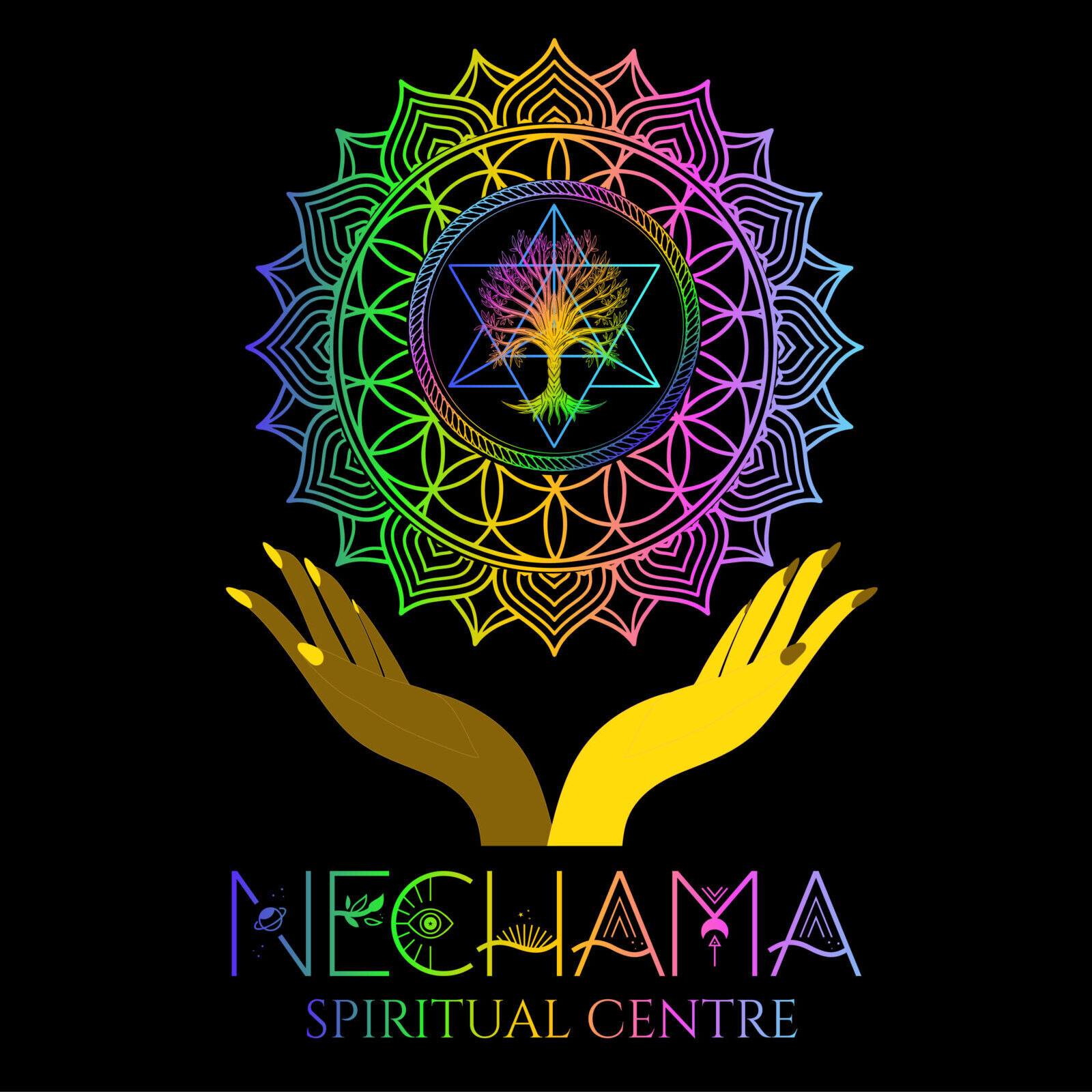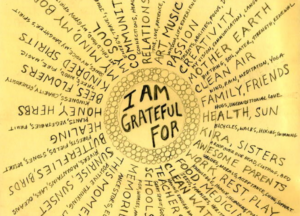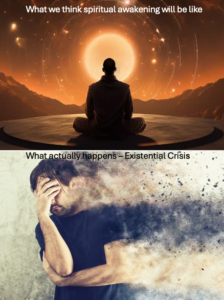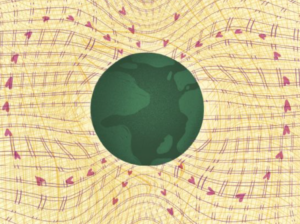Unity in Diversity: A Path Toward Collective Harmony
In a world as richly varied as ours, the notion of Unity in Diversity emerges as a guiding principle for harmony. This idea encapsulates the understanding that while cultural, religious, and individual differences enrich humanity, an underlying oneness connects us all. As Mahatma Gandhi aptly stated, “Our ability to reach unity in diversity will be the beauty and the test of our civilization.” This article explores the profound wisdom behind this concept, drawing insights from spiritual texts, contemporary thinkers, and esoteric philosophies.
The Beauty of Unity in Diversity
Unity in diversity is not about erasing differences but about celebrating them while recognizing the shared essence within. George Herbert Mead summarizes this beautifully: “Society is unity in diversity.” It is within the mosaic of differences that the fabric of society finds its strength and vitality.
Richard Twiss builds on this idea by emphasizing that diversity itself is essential for unity: “You can’t have unity without diversity.” Differences are not obstacles to harmony but the means by which we expand and enrich our collective experience.
Similarly, Bono reminds us, “To be one, to be united is a great thing. But to respect the right to be different is maybe even greater.” True unity does not demand conformity but invites a deeper respect for individuality, forming the cornerstone of a compassionate and inclusive world.
Spiritual Insights on Unity in Diversity
Religious and spiritual texts provide profound perspectives on unity in diversity. For instance, the Guru Granth Sahib declares: “There is one Creator of all beings and all are His children. The same light shines in every being.” This universal light is a reminder that beneath the surface of diversity, a divine connection binds all.
The Talmud offers a powerful metaphor for human interconnectedness: “Whoever destroys a single life, it is as though he had destroyed the entire world; and whoever saves a single life, it is as though he had saved the entire world.” This underscores the infinite value of every individual, showing that the unity of humanity is reflected in the sanctity of each life.
From A Course in Miracles comes a call to recognize our shared essence in every encounter: “When you meet anyone, remember it is a holy encounter. As you see him, you will see yourself.” This teaching invites us to view diversity not as separation but as an opportunity to see reflections of ourselves in others.
The Baha’i Writings further reinforce this universal perspective: “The earth is but one country, and mankind its citizens.” Such a vision urges us to transcend borders and divisions, embracing humanity as a single, united family.
Esoteric and Philosophical Implications
Philosophy and esoteric traditions have long meditated on the concept of unity amid diversity. In Platonic thought, the world of forms suggests that all material manifestations are reflections of an ultimate, singular reality. Diversity, then, is a spectrum of expressions emanating from a unified source.
Esoteric traditions like Hermeticism echo this idea with the principle of correspondence: “As above, so below; as within, so without.” This principle reveals that unity can be found by understanding the interconnected nature of all existence. Diversity is not contradiction but the multiplicity of the One.
The perennial philosophy, a central theme in the works of Aldous Huxley, posits that all spiritual traditions point toward a shared divine truth. By recognizing the commonalities in these traditions, humanity can bridge divides and celebrate the diverse ways in which truth manifests.
Carl Jung’s concept of the collective unconscious further illuminates this idea. Jung suggested that humanity shares archetypal symbols and experiences, transcending individual differences. These shared elements remind us of our deeper connection to one another.
Paths to Unity Through Spiritual Practice
The Bhagavad Gita offers wisdom on how diversity can lead to spiritual unity. “As people approach Me, so I receive them. All paths, Arjuna, lead to Me.” This verse affirms that diverse approaches to life, spirituality, and belief systems all lead to the same ultimate truth. Moreover, “A true yogi sees himself in all beings and all beings in himself. He sees the same God everywhere.” Such a perspective dissolves barriers and fosters profound compassion.
The Bible echoes this sentiment in Ephesians 4:4-6: “There is one body and one Spirit, just as you were called to one hope when you were called; one Lord, one faith, one baptism; one God and Father of all, who is over all and through all and in all.” These words highlight the shared divine origin of humanity and the interconnectedness of all creation.
The Tao Te Ching further advises us on how to embody unity through kindness and flexibility: “The sage has no fixed mind; he is aware of the needs of others. Those who are good he treats with goodness. Those who are not good he also treats with goodness because the nature of his being is good.” This teaching emphasizes that unity arises from seeing and treating all beings with compassion, irrespective of differences.
The Inner Work of Unity
The path to unity begins within. Spiritual practices such as mindfulness, meditation, and self-inquiry help individuals transcend the illusion of separateness. By quieting the mind, one can perceive the interconnectedness of all beings. As mystics across traditions teach, unity is not something to be achieved but something to be remembered.
The practice of compassion becomes a bridge to unity. When we see others’ struggles and joys as reflections of our own, the boundaries of self dissolve. This aligns with the teaching of A Course in Miracles: “As you treat him, you will treat yourself. As you think of him, you will think of yourself.”
A Call to Action
The path to unity in diversity requires more than philosophical understanding; it demands deliberate action. It calls for fostering inclusivity, respecting differences, and cultivating empathy. By embracing this principle, we can transform our interactions into opportunities for connection and mutual growth.
As Bahá’u’lláh reminds us, “So powerful is the light of unity that it can illuminate the whole earth.” When we recognize and honor the divine essence in ourselves and others, we take a step closer to a world that reflects this luminous vision.
Conclusion
Unity in diversity is not a distant ideal but a present possibility. It is the sacred understanding that our differences enrich our collective existence while our shared essence binds us together. Whether inspired by the words of Mahatma Gandhi, the insights of spiritual texts, or the wisdom of modern thinkers, the message is clear: unity does not mean uniformity; it means embracing the beauty of diversity while recognizing our shared humanity. By integrating philosophical, esoteric, and spiritual principles into our lives, we not only honor the diversity around us but also awaken to the profound unity that has always been within. In doing so, we fulfill the promise of a world rooted in peace, compassion, and oneness.









